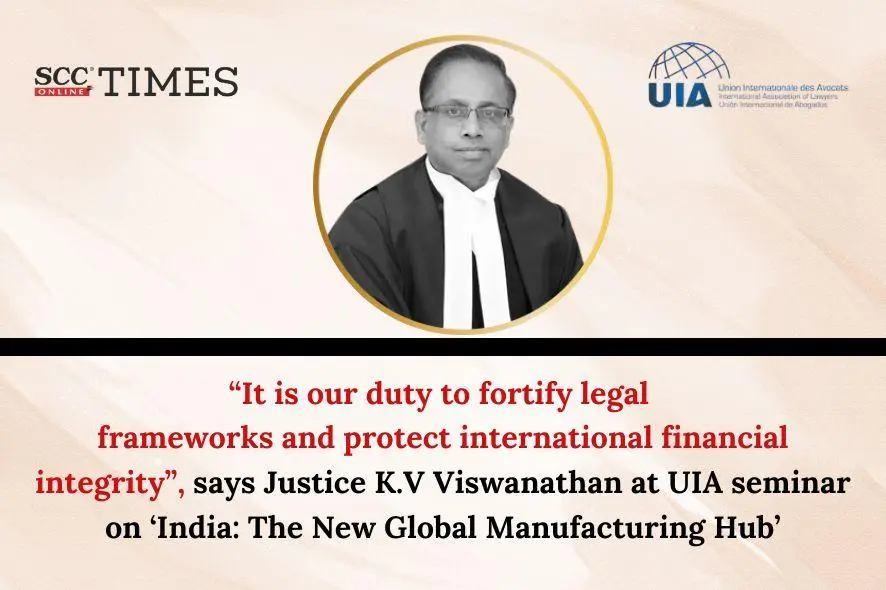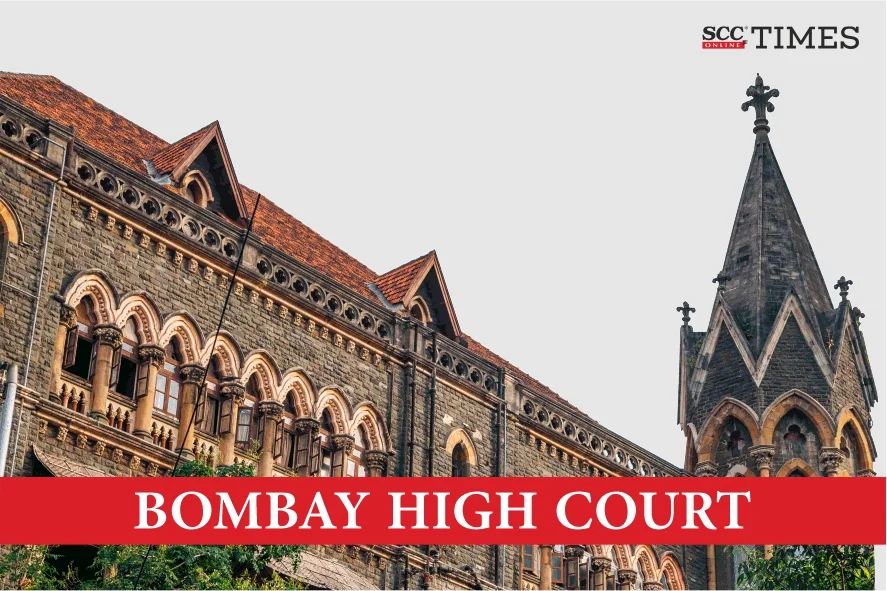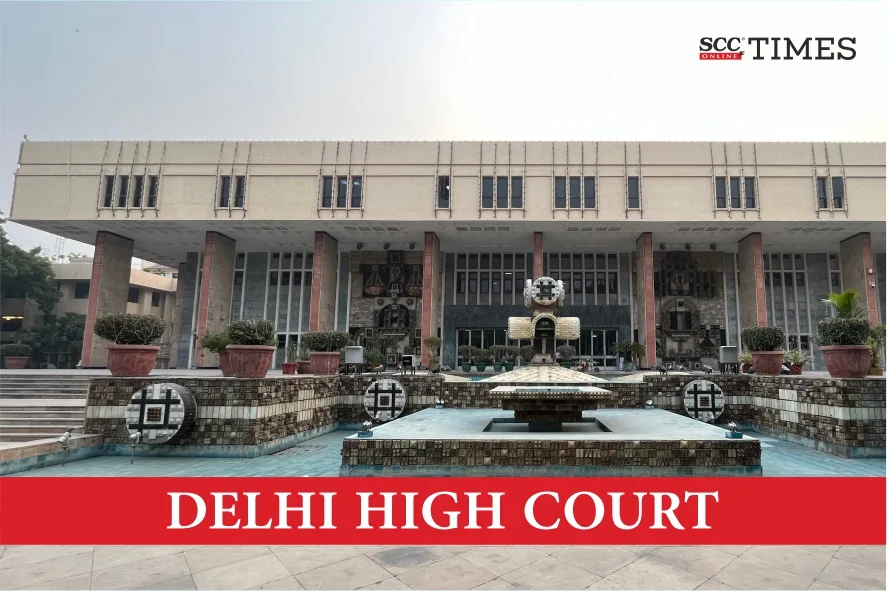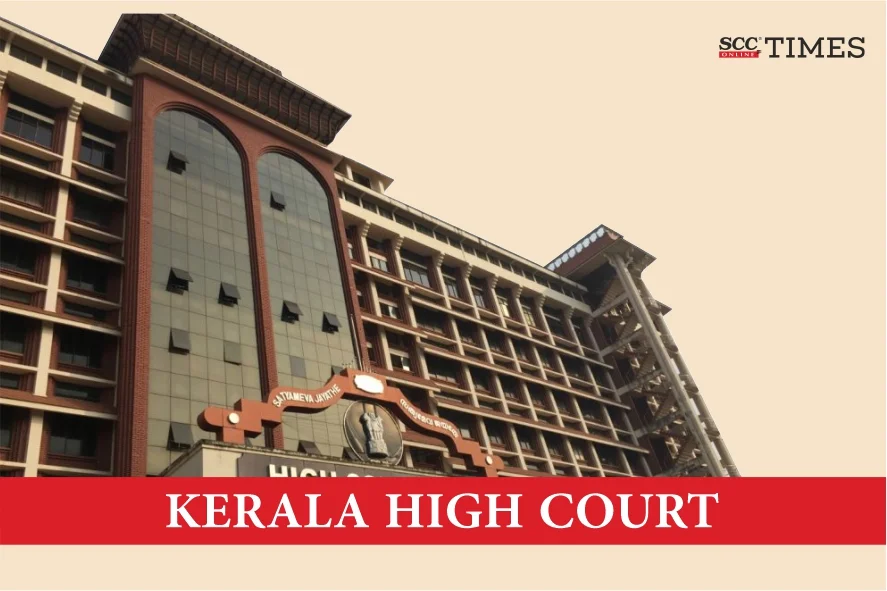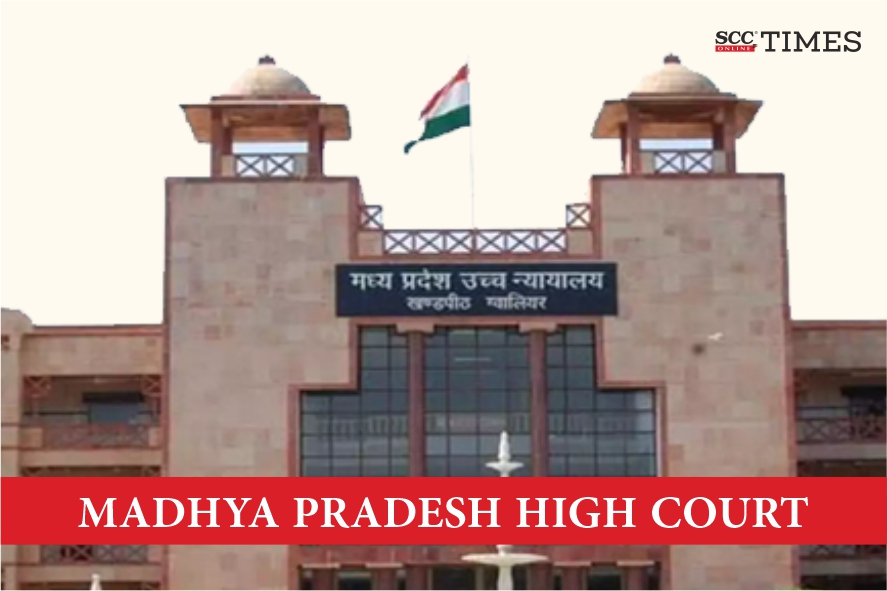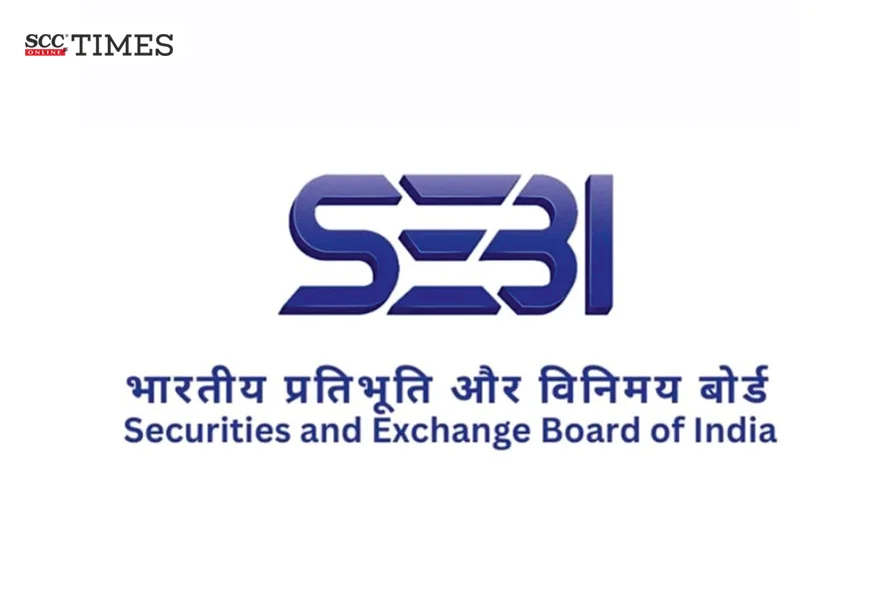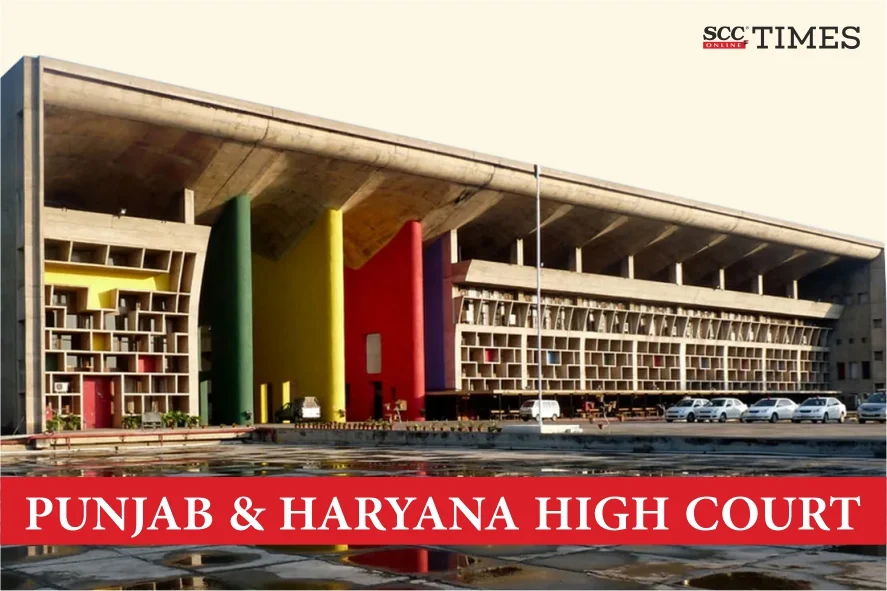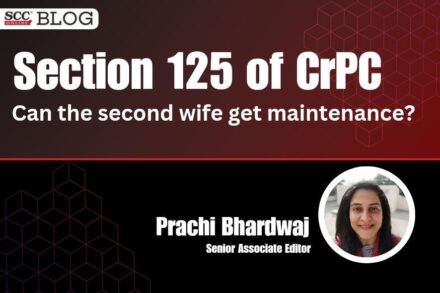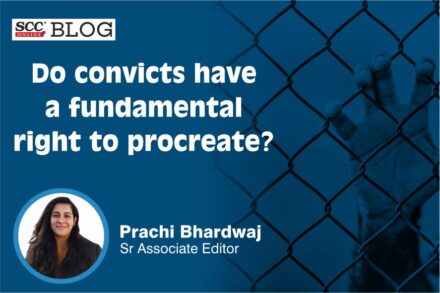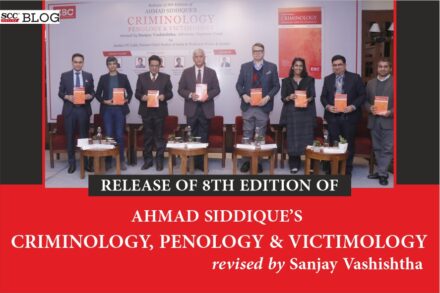About UIA:
UIA is the global and multi-cultural organisation for the legal profession, established in 1927 and now with members in 110 countries. UIA facilitates professional development and international ex-change of information and ideas, promotes the rule of law, defends the independence and freedom of lawyers worldwide, and emphasizes friendship, collegiality, and networking among members.
Welcome and Opening Ceremony:
The welcome and opening ceremony was graced by various luminaries of the legal field namely, Ms. Mamta Tiwari, Advocate and Secretary General of the UIA; Mr. A.K. Ganguli, Senior Advocate and President of the UIA; Mr. Kapil Sibal, Senior Advocate & President of the Supreme Court Bar Association, New Delhi, India; and Mr. Prashant Kumar, Advocate and, President of Bar Association of India, New Delhi. The Guest of Honour was Justice Vibhu Bakhru, Judge, High Court of Delhi, whereas the Chief Guest for this occasion was Mr. Carlo Mastellone, UIA President, Studio Legale Mastellone, Florence, Italy.
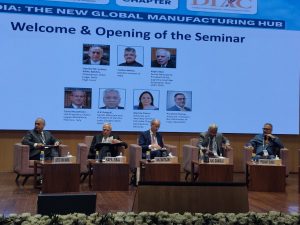
Welcoming the guests and audience, Mr. A.K. Ganguly in his speech spoke about the history of UIA seminars in India with the first one being in 1994 as well as the success of the last seminar which was held in Mumbai last year. Regarding Foreign Direct Investments (‘FDI’), he underscored India’s target of reaching 1 trillion dollars, wherein manufacturing was one of the most important sectors on which the global leaders have now started concentrating. He added that India’s manufacturing industry had contributed nearly 60 to 70 percent of GDP in the past years, it had increased many-fold in the last few years.
“It’s not good to depend on one sector or one country. There should be multiple opportunities to grow the manufacturing industry elsewhere.”
Underscoring that issues arise between parties with growth in investments, Mr. Ganguly emphasised the importance of dispute resolution. He added that previously, parties had an option between litigation and alternate dispute resolution mechanisms but now there was a statutory requirement to go for compulsory mediation before initiating litigation.
Lastly, he stated that the conference would deliberate on the issue of Bilateral Investment Treaties (‘BITs’) and other legal issues, from the perspective of India and international players.
In closing, Mr. Ganguli expressed his confidence that the seminar would be an enriching experience for all attendees, providing an opportunity to share knowledge and insights.
After Mr. A.K. Ganguli’s address, the session continued with the speech of Justice Vibhu Bakhru, Judge of the High Court of Delhi. Justice Bakhru. Read his complete speech here.
Following Justice Vibhu Bakhru’s insightful address, Mr. Kapil Sibal, Senior Advocate and President of the Supreme Court Bar Association, continued the discussion. Read his complete speech here.
After Mr. Kapil Sibal, Mr. Prashant Kumar took the stage and addressed the audience. He elaborated upon the relationship between UIA and the Bar Association of India with the first Indian president of UIA being Mr. KK Venugopal in 1996. He remarked that the very fact that there were people present from across elaborated upon the relationship between UIA and the Bar Association of India with the first Indian president of UIA being Mr. KK Venugopal in 1996. He remarked that the very fact that there were people present from across jurisdictions on a topic that talked about India being a manufacturing hub was, by itself, a testament to India’s trajectory.
Further, highlighting the significance of this event, Mr. Kumar stated that for India to become a manufacturing hub, there was a distance that had to be traversed from law and policy to implementation. When foreign companies come to India or want to come to India, they hardly know about the regulatory structures, the business culture, and how things will work out. This is where the role of lawyers, law firms, and legal communities takes center stage, as they had to become ambassadors not only to propagate what was available in the policy and legal frameworks, but also how to navigate them.
“When we speak about India becoming a manufacturing hub, you know, dispute resolution service is a funeral service.”
The last speaker, Mr. Carlo Mastellone delivered an inaugural address wherein he spoke about the role and the mission of the UIA, which is to build bridges and networks between lawyers from different systems and cultures and to provide them an opportunity to stand up together for the rule of law, human rights, and the protection of lawyers who are at risk and under the threat of being persecuted by governments or other authorities. He stated that UIA stands for the independence of the legal profession and faces the challenge of fulfilling an essential, responsive, and responsible role towards the making of a better world. He also spoke about the UIA’s core values such as respecting and developing all forms of diversity, such as cultural, and legal systems and forms of professional practice. Lastly, Mr. Mastellone elaborated upon the types of members they had, their permanent commissions covering different spheres of law, and various committees addressing multiple aspects of the legal profession.
Plenary Session:
In the plenary session, Mr. Krishnan Venugopal, Vice President, UIA India Chapter and National Representative of India, introduced Mr. Piyush Goyal, Minister for Commerce and Industry, Government of India, who delivered a keynote speech.
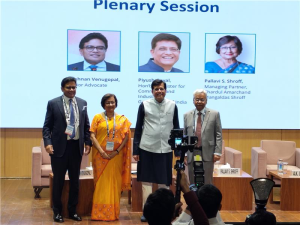
Thereafter, Ms. Pallavi Shroff, Managing Partner, Shardul Amarchand Mangaldas & Co., thanked Mr. Goyal for accepting the invitation to attend this seminar. She spoke about how India has taken many steps over the decades such as the Make in India initiative, making investments easier, and evolving centre-state relations. Ms. Shroff added that the conference came at an appropriate time for two reasons, namely, India was aspiring to become the number one manufacturer and multilateralism was disbanding itself with bilateralism on the rise.
Session 1:

The first panel titled ‘Foreign Direct Investment: Strategic Legal Considerations for Investors in India’s Expanding Manufacturing Sector, International Trade Agreements, and BITs’, was chaired by Justice (Retd.) Hrishikesh Roy, Former Judge, Supreme Court of India. It consisted of eminent speakers namely, Ms. Rebecca James, Partner, Linklaters, Singapore; Mr. Mahesh Agarwal, Managing Partner, Agarwal Law Associates, New Delhi, India; Mr. Raja Bose, K&L Gates Straits LLC, Singapore; Mr. Gautam Bhattacharyya, Partner, Reed Smith, London, UK, and Mr. Petros Sourmelis, Head of Trade and Economic Section, European Union Delegation to India.
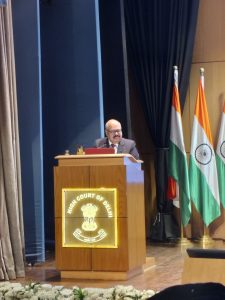
Initiating the discourse, Justice (Retd.) Hrishikesh Roy spoke about how the subject matter was a mouthful, but the panellists would speak on different aspects of it. He reiterated that India stands at the threshold of economic transformation with its GDP being the fifth largest in the world, a strong workforce and work culture, and holds the trust and confidence of investors globally. He highlighted that the only thing required to be addressed in the present session was that economic prosperity is always linked with legal certainty. Investors who would like to invest would seek clarity in regulation, enforceability of contracts, and a dispute resolution mechanism that is both transparent and efficient. These are the fundamental pillars of a stable investment environment.
“If investors do not trust the system, they will not invest. The moment an investor perceives that a government can change the rules arbitrarily, that country becomes high risk.”
While emphasising India’s need for investor trust, he mentioned the introduction of the 2016 model BIT that fundamentally altered the landscape by eliminating the most favoured nation clause to prevent treaty shopping, mandating exhaustion of domestic remedies for five years before resorting to international arbitration and narrowing the definition of investment. However, he stated that there were concerns about reduced policy flexibility and adverse awards. Safeguarding India’s growing overseas investment against regulatory risk highlighted the dual importance of a robust BIT framework.
“India is shaping a legal framework that balances investors’ confidence with national policy space.”
Justice Roy also underscored the issues of delays and inefficiencies in India’s judicial process, the unpredictability of court rulings, and enforceability of international arbitration awards, which were further compounded by the structural limitation within India’s arbitration ecosystem where accessibility and representation remained a key concern.
He also highlighted the concern that international arbitration was an exclusive domain often dominated by a select few or due to their extensive experience and entrenched networks. Whereas in India, systemic barriers prevent the emergence of fresh talent in this specialised field. However, he stated that the elevation of Justice Tejas Karia, an arbitration expert, and National Law University Delhi’s initiative to start a certificate course in international commercial and investment treaty arbitration, suggested a positive shift.
“Our legal system must evolve to recognise merit beyond the physical presence of assessing professionals based on their expertise, contribution, and ability to deliver justice efficiently.”
Lastly, Justice Roy shed light on how arbitration provided a unique opportunity for women professionals by offering flexibility, autonomy, and equitable opportunities that are often lacking in traditional litigation. Arbitration, by contrast, allows greater control over time, enabling women to manage their careers without compromising on other obligations, encouraging more women to enter the field can foster inclusivity and bring diverse perspectives to dispute resolution, which is essential for achieving balanced and equitable outcomes.
Thereafter, Mr. Raja Bose took the floor to speak about how despite India emerging as a global manufacturing hub, there was a disconnect between the talk, the action, and the substance. He stated that the experience of the investor has been that of frustration and disappointment. He cited the example of the White Industries case which was India’s first experience of being on the receiving end, and how it made India realize her shortcomings. Mr. Bose explained that the panel would discuss how the legal framework has changed in 20 years and what the new issues are going to be.
Taking over the conversation, Mr. Mahesh Agarwal spoke about how previously invitations to investors were only on paper and not action, but now foreign companies were travelling to India in a very easy space with a lot of support from the government. He underscored that Indian laws were changing quickly to welcome foreign investors. All processes, whether it was environment or taxation, were undergoing a change. India is now the single largest FDI recipient in Asia and top 10 in the world. Thus, he opined that this showcased real action.
Thereafter, Mr. Gautam Bhattacharyya underscored that there was a great deal of education being undertaken to make investor-state arbitration a lot more accessible, known about, and taught at the base level. He spoke about how the issue of countries wanting to recalibrate their BITs to be more in tune with what they need and what would be fit for purpose. Mr. Bhattacharyya also stated that disputes were a fact of commercial life but there was a fine balance between a sovereign state’s ability to regulate its own affairs and an investor’s right not to be unfairly treated. Regarding investor-state arbitration, he highlighted several issues, such as the repeated appointment of investor-biased arbitrators, the non-confidential nature of the arbitration, and the difficulty of overturning or annulling an investment treaty award.
Concurring with the issue of transparency, Ms. Rebecca James spoke about how previously treaties used to be very bare-boned with neither a great deal of specificity/ clarity nor prescriptive guidance. However, now the treaties were nuanced, detailed, and carefully calibrated with detailed investment chapters and dispute settlement mechanisms. She added that treaties were now specifically addressing issues such as transparency and third-party funding.
The panel further discussed tracking investment defaults, the FDI landscape in India, production-linked incentive scheme, Corporate Tax Structure, Environmental Damage, incentivising FDIs, balancing the State’s right to balance public interest and investor’s right to protection of their investments, sunset clauses in treaties, existing Indian treaties, BITs, investment arbitration, and much more.
Lastly, Mr. Petros Sourmelis enlightened the audience on the EU-India trade and investment relations from the perspective of India’s ambition to become a new global manufacturer. He provided statistics concerning India-EU trade relations such as how India was the ninth trading partner of the EU, the EU being one of the leading investors in the Indian economy with the investment flows being around 50.6 billion euros in 2023, the presence of 6000 European companies in India, and much more. However, he stated that India accounted for only 2.2 percent of the EU’s trade and questioned how the EU could tap into the potential that India has.
Mr. Sourmelis shed light on several ongoing negotiations between India and the EU, and the visit of Ms. Ursula von der Leyen, President of the European Commission and EU College of Commissioners to India, to highlight the new commitment to strengthen and enhance the relationship. He further spoke about the agreement signed between India and the EU in the aforementioned visit. Lastly, he spoke about the various ongoing negotiations between India and the EU as well as the way forward.
Session 2:
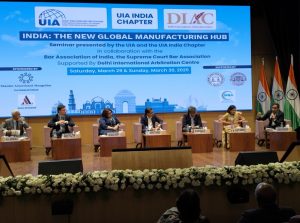
The second panel titled ‘Navigating the Indian M&A Landscape: Legal Considerations for Acquisitions in India’s Manufacturing Sector’, moderated by Mr. Mohit Saraf, Saraf & Partners, consisted of eminent panellists, namely, Ms. Natashaa Shroff, Partner, Shardul Amarchand Mangaldas & Co., New Delhi, India; Mr. Dan Feltin, UIA Deputy Finance Director, Paris, Advocat a la cour, New York; Mr. Niladri Maulik, Senior Partner, AZB & Partners, India; Ms. Vijaya Sampath, Advocate; and Mr. Harsh Maggon, Partner, Corporate Law Practice (M&A, Private Equity), Trilegal, Mumbai.
Explaining the structure of the discourse, Mr. Mohit Saraf spoke about the trends in Mergers and Acquisitions (‘M&A’) in the manufacturing industry with the key one being consolidation for gaining a larger market share. Another trend was foreigners selling Indian companies/factories due to Indian markets becoming expensive, and entering into supply contracts. Thereafter, he introduced the panellists.
Exploring the transaction structure, Mr. Niladri Maulik, spoke about who the parties are, the importance of information, asking the relevant questions while investing, and looking at the transaction from the perspective of the target company. He stated that all such relevant information has to be considered before structuring begins. Thereafter, Mr. Maulik discussed the modes of transaction such as a share purchase transaction, business transfer, asset sale, or merger, the role of the selling shareholder and the timelines of a transaction. Lastly, he underscored that this was the layout of a private M&A whereas in a public M&A, there was an entire gamut of SEBI regulations to look at.
Mr. Dan Feltin spoke about the aspect of civil law concepts in an M&A. He underscored the importance of disclosure on good faith and playing fair with good faith throughout the negotiation under French Civil Law. He also spoke about warranties and indemnities, force majeure, escrow and holdbacks, holdover mechanisms, protection of employees, and the importance of due diligence under French law. Contrasting Mr. Feltin, Mr. Saraf talked about how the common law countries function in this regard.
Thereafter, Ms. Natasha Shroff spoke on the aspect of due diligence in the M&A process. She underscored the importance of due diligence in an M&A transaction as it helps in the identification of what things are valued, costs and liabilities, business contingency, etc. She also highlighted the challenges of conducting due diligence in India, such as coping with the interplay of state and central law, unavailability of information, and dealing with nuances of enforcement. Ms. Shroff also spoke about how corporations have become savvier due to exposure to nuances of how an M&A happens.
Given the context of manufacturing, she spoke about the issues that arise in acquiring land for a factory such as lack of a registry of title, land records being in local languages, broken chain of title, succession-related disputes, land disputes, and much more. Highlighting other issues in such transactions, Ms. Shroff spoke about stamp duty, ad valorem tax, clauses concerning M&A in existing contracts of the business, say of the creditors or shareholders, and retrenchment and social security payments. Lastly, she highlighted the importance of doing due diligence on your partner in case of rollover transactions or partial acquisitions.
Regarding transaction documents, Mr. Harsh Maggon enlightened the audience about the importance of contracts and capturing risk matrixes. He also explained that the kind of equity, indemnity clauses, stakeholder management and stakeholder alignment were all included in a transaction document.
Finally, Ms. Vijaya Sampath provided her insights on how M&As are usually burdened with various hurdles such as compliances under the Companies Act, 2013, SEBI regulations, Insolvency and Bankruptcy Code, 2016, regulations under the Foreign Exchange Management Act, 1999, stock exchange disclosures, etc. She added that the next hoop was the regulatory hoop wherein the transaction has to be approved by the Competition Commission of India, Reserve Bank of India, National Company Law Tribunal, Registrar of Companies, and Official Liquidator. She underscored various other issues such as due diligence complexity, inconsistent financial disclosures, taxation and compliance structures, patent litigation, financing and market dynamics, geopolitical issues such as sanctions, valuation risks, disruptive technologies like AI, and much more. Lastly, she spoke briefly about fast-track mergers.
Session 3:
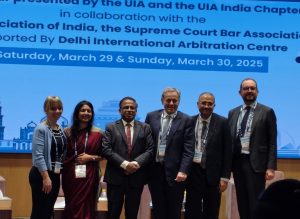
The third panel titled ‘The Role of Finance, The Fight Against Financial Crime and PPPs For India’s Growth’ was chaired by Justice K.V. Viswanathan, Judge, Supreme Court of India, and moderated by Ms. Barbara Bandiera, President of the UIA Banking and Financial Services Law Commission, Milan, Italy. The panellists were Mr. Parag Tripathi, Senior Advocate, New Delhi; Mr. Olivier Nicod, UIA Financial Director, Walder Wyss, Lausanne, Switzerland; Mr. Silvestre Tandeau De Marsac, UIA Vice President, FTMS Avocats, Paris, France; and Ms. Shubhangi Garg, Partner, Shardul Amarchand Mangaldas & Co., New Delhi.

Initiating the discussion, Justice K.V. Viswanathan delivered a short address wherein he highlighted the rapid increase in financial crimes, the advent of hermit hackers, cryptocurrency theft, and recent statistics of money laundering. Regarding money laundering, he briefly mentioned the creation of the Financial Action Task Force (‘FATF’) and the placement of India in the follow-up category which positions India as a high-capacity leader in the global fight against financial crimes. He also provided measures for tackling the issue of money laundering.
“Financial crime is a national security risk that undermines economic stability. Tax evasion, money laundering, and cyber fraud exploit regulatory loopholes to finance illicit businesses.”
“Unless taken forward with effective legislation, financial crime will continue to erode governance and economic security. It is our duty to fortify legal frameworks and protect international financial integrity.”
Lastly, Justice Viswanathan explored the rise of blockchain technology and cryptocurrency as well as its regulation.
Thereafter, the moderator, Ms. Barbara Bandiara, outlined the structure of the panel discussion and the order of speakers. She emphasised India’s economic position and liberalized financial regime which aids FDIs. She underscored what Public-Private Partnerships (‘PPPs’) are and India’s approach in this regard. Lastly, Ms. Bandiara highlighted the Financial Intelligence Unit India initiative, the Delhi Declaration on countering the use of new and emerging technologies for terrorist purposes, Sustainable Development Goals, and India’s membership in and compliance with FATF.
Ms. Shubhangi Garg delivered a speech on the journey and regulation of the digital lending space in India. She spoke about the digital revolution in India, from Know your Customer (KYC) to instant and seamless disbursement of loans, which reduced the cost of the process but also came with many risks such as malpractices, non-performing asset loans, risky lending, identity theft, unverified documents, etc. however, she addressed that RBI had come up with various solutions such as Video KYC, Aadhaar Based KYC, creating the Central KYC Registry, use of DigiLocker, etc., which help maintain the convenience, speed, and ease of digital lending, as well as ensure that there is no dilution of the PML standards. Ms. Garg also explored the governance framework and practices created by the industry players such as setting up a self-regulatory organisation, customer profiling, enhanced data sharing, use of advanced credit score models, regular training, and continuous monitoring.
In his presentation, Mr. Silvestre Tandeau De Marsac spoke in depth about documentary credit, its types, namely, irrevocable, revolving, and transferable, as well as their functioning. Underscoring the relevance of sanctions, especially US international sanctions, he cited an example in this regard.
Mr. Parag Tripathi spoke about India’s growing interest and association with AI. As an example, he cited China’s experience and how it could be studied and utilised by India. He explained how India could utilise the Chinese and Russian models to develop a hybrid or ‘Sangam’ model for our path. In this regard, he highlighted the importance of financial inclusivity, especially the untapped potential of the informal sector. Mr. Tripathi underscored the importance of leveraging financial assets for growth, legitimizing cash, reducing black money transactions, and making the system safer, quicker, and better.
On the issue of financial crimes, he critiqued FATF’s overreach in including non-serious crimes under its fold and argued for a nuanced approach. Citing several examples of how money is laundered globally, he further critiqued other aspects of the FATF’s functioning. Mr. Tripathi talked about the PMLA regime in India, the issues with it, the lack of definitions for important terms, stringent bail conditions, and the need for nuance in how different types of crimes are treated. Lastly, he spoke about PPPs and the issue of private parties resorting to arbitration.
Finally, Mr. Oliver Nicod discussed the increasing complexity of financing agreements due to the inclusion of Environment and Social Governance (‘ESG’) covenants, foreign law obligations, and monitoring, verification, and remediation covenants. Regarding foreign law covenants, he underscored anti-corruption and anti-money laundering laws, sanction regulations, data protection regulations, and much more. He further added that there were various mechanisms to monitor and verify compliance with the aforesaid covenants. He also provided several examples of what types of clauses could be found in such financing agreements. Lastly, Mr. Nicod highlighted that such increased compliances were complicating the mechanism, with an increased burden on borrowers.
Session 4:
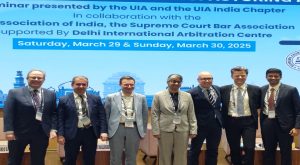
Mr. Clayton Cartwright, President of the UIA Immigration and Nationality Law Commission; Managing Member, Cartwright Law Firm LLC, Columbus, GA, USA chaired the fourth panel titled ‘The Global Marketplace for India’s Manufactured Goods: Taxation and Immigration Challenges and Opportunities’. The panel was moderated by Mr. Riccardo G. Cajola, Cajola & Associati, Milan, Italy and President of the UIA Tax Commission, and the panellists were Mr. Ferenc Ballegeer, FB-Tax, Brussels; Ms. Sharadha Kodem, Kodem Law Firm, Irving, TX, USA; Mr. Ben Sheldrick, Magrath Sheldrick LLP, London, United Kingdom; Mr. Hugues Letellier, Saane Legal, Paris, France; and Mr. L. Badri Narayanan, Lakshmikumaran & Sridharan, New Delhi.
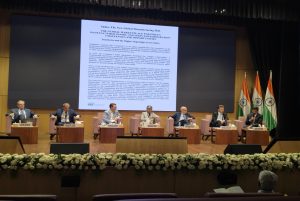
Mr. Clayton Cartwright explained that the panel would first be discussing the case study on Tralectro and Mighty Megawidget. Adding to Mr. Cartwright’s introduction, Mr. Riccardo G. Cajola spoke briefly about cross-border trade, the journey after the sale of the manufactured product, and challenges regarding taxation and immigration issues. Thereafter, Mr. Cartwright read out the case study.
Continuing his segment on cross-border transactions, Mr. Cajola stated that prices of goods and cross-border transactions were of great interest to both tax authorities and customs authorities. However, transfer pricing and customs valuation originated from different areas of taxation, which led to different approaches of both authorities. While explaining the differences between transfer pricing and customs valuation, he highlighted how there was a misalignment between the two approaches of the authorities while determining price and what challenges companies were facing due to the same. Lastly, Mr. Cajola provided some solutions for dealing with the aforesaid challenges, especially cooperation between tax and customs authorities.
Mr. L. Badri Narayanan remarked that previously, the average time for a shipment to be cleared from customs was seven days but now it is 24-48 hours, which has facilitated business in India. However, he underscored the increase in customs disputes on the inbound as well as the outbound side. While discussing the complexities of customs clearance in India, Mr. Narayanan stated, that the customs authorities want to increase the price of the goods coming into India to impose a higher amount of customs duties. At the same time, the income tax authorities want to reduce the price because they want to capture more income tax and more profit in India. He also addressed the complex customs valuation and transfer pricing issues that companies face. Lastly, he discussed the case study.
Responding to the two scenarios put forth by Mr. Cajola in the context of the case study, Mr. Ferenc Ballegeer spoke about a Belgian establishment under Belgian internal law, which was a slightly different notion from a permanent establishment. He also explored various tax incentives that Belgium offers, such as Research and Development incentives and investment incentives.
Mr. Hugues Letellier added to the discussion from his perspective of doing business in France. He underscored the French taxation system, such as the wealth tax, inheritance tax, and corporate tax, and how it was comparable to the Indian system.
Coming to the issue of immigration, Ms. Sharadha Kodem spoke about the US immigration system and its functioning. She elaborated upon the various types of visas that different types of people could apply for in the process of conducting business in the US, such as the temporary visa or work permits, H1B visa, N1A visa, N1B visa, O1A visa, EB2 or EB3 visa, EB1C visa, and a family-based green card.
Finally, from the perspective of the UK, Mr. Ben Sheldrick explored the UK immigration system wherein he spoke about what constituted ‘work’, and what type of work would require a work permit, visitor visa, electronic travel authorization, and certificate of sponsorship. He also explained the types of routes that workers could use to come to the UK such as the Sponsor Management System and the Skilled Worker Scheme. Lastly, highlighting the compliances that come with such an immigration system, Mr. Sheldrick stated that the UK was very expensive for immigration purposes.
Thus, the seminar concluded with more fruitful and enlightening conversations.


